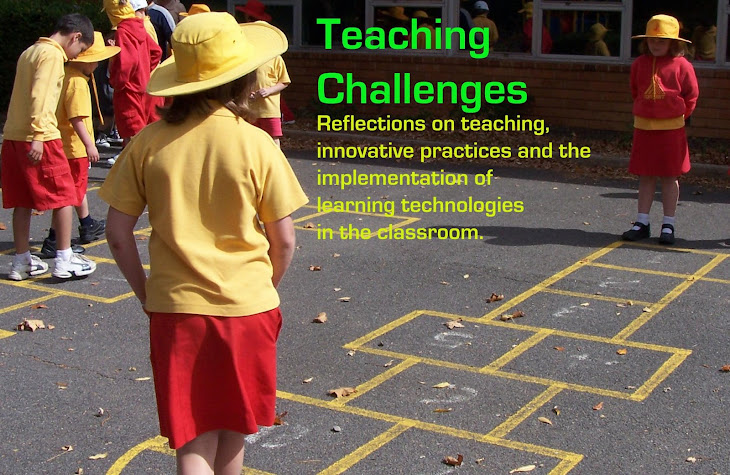Fun This Week
Weaving
Last weekend I stocked up on ribbons, wool, beads, buttons and numerous other bits and pieces to use for our Textiles and Design unit. I raided the art storeroom and found some hessian just waiting to be used. I then handed the ideas over to my relief teacher to bring to fruition in my absence! Students pulled some of the strands out of their hessian square and then weaved ribbons through what remained. They threaded on beads and buttons to enhance their designs. Everyone was engaged and enthusiastic with their work.

Cooperative Reading
We made a great start to our new Cooperative Reading process this week.
 Last week students planned how many pages they need to read each week in order to complete their book by the end of the term. They also planned writing tasks and which weeks they will complete them.
Last week students planned how many pages they need to read each week in order to complete their book by the end of the term. They also planned writing tasks and which weeks they will complete them. On Monday students read their required pages and completed an entry in their Reading Response Journal using the four roles of the reader.
On Monday students read their required pages and completed an entry in their Reading Response Journal using the four roles of the reader. On Tuesday students met together in their groups to discuss their reading. As I wasn't there for this session, I asked students for feedback. Next time we will allocate more time and try to find an easier way for the recorders to determine the key points to write down. We also need to get new batteries for the stopwatches that the Time Keepers use!
On Tuesday students met together in their groups to discuss their reading. As I wasn't there for this session, I asked students for feedback. Next time we will allocate more time and try to find an easier way for the recorders to determine the key points to write down. We also need to get new batteries for the stopwatches that the Time Keepers use!
On Thursday students began working on their writing tasks. Some focused on the planning stage while others began their first draft. Still others worked on their reading as they still had additional pages to read. At the end of the session we had a sharing circle to report back how things were going and what everyone was working on.
So far I'm impressed with how well students are taking responsibility for their learning and working through the tasks they have planned for themselves.
Don't Let The Pigeon Stay Up Late
This week my literacy group read Don't Let The Pigeon Stay Up Late by Mo Willems. Students discussed the different arguments one might give for staying up late. They then wrote a letter to their parents pleading to stay up. While I wasn't teaching for this lesson, I heard that my students were very enthusiastic about this book and enjoyed the activity. They have been giving me suggestions for what they would like to do next. One suggested that we could record our letters with the Snowball Microphone. Another suggested we make our own "Don't Let The Pigeon..." books. Yet another told me that she had found this file to show you how to draw the pigeon.
Look what happens when you hand back some control to students! They actually start to think of ways to learn for themselves!
Thank you also to Allanah K for sharing this Pigeon Teachers Guide. I'll have to buy The Pigeon Wants a Hotdog next time I'm in the US.
Division in Real Life
My Maths group has been having some trouble with both approaching word problems and using a calculator. This has been worrying me, so I have been trying to find ways to include one or both in my Maths lessons. This week we pulled up the Qantas website and made up some word problems, pretending that Qantas was having a half-price sale. I wrote up the word problem on the board and just changed the student's name and the original price each time:
..... found out that Qantas was having a half-price sale. If the original price of a ticket was .... how much is it on sale?
I selected students to choose where we would go and then the whole class tried to work out the sale price using calculators. This was an important process, and it was great to see students thinking through what you press on a calculator in order to work out half of a number.
To extend this further, I showed my class how they can use Excel as a shortcut to work out the prices by typing in a formula. This is something I hope to build on further.



















